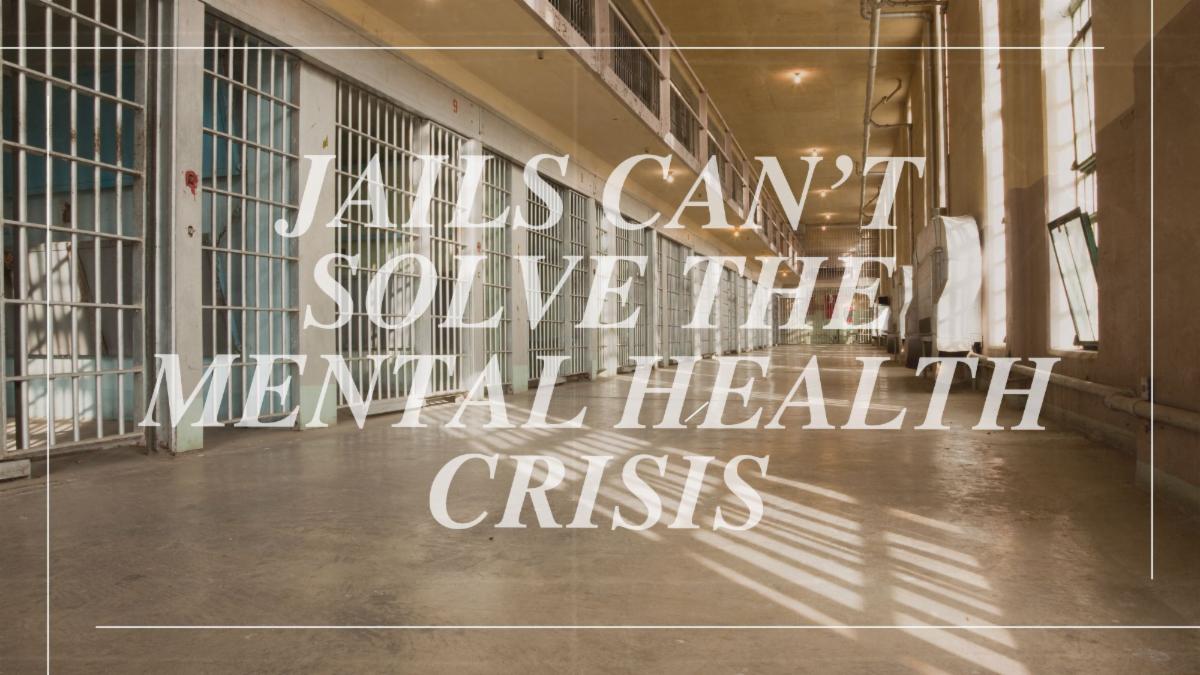We are somewhat encouraged by recent attention to the disconnect between individuals with serious mental illness and local jails. The Behavioral Health Commission’s June meeting included a tour of the model HARP program at the Chesterfield County Jail, and a presentation by Sheriff Leonard on the challenges providing services for the many inmates who have a behavioral health condition.
The Sheriff stated that jails have more people confined with a serious mental illness than do the state hospitals. He provides every possible support he can, including extensive peer support, but the jail was never intended to function as a hospital or treatment facility for mental illness and addiction.
The Chesterfield Jail and some others have done incredible work trying to meet the needs of their confined population, but they do not have the resources, much less the mission and design, to be a primary treatment facility. They are forced into the role by default when other systems have failed.
Too many individuals who are released from jail relapse within a few weeks and are incarcerated again. Forensic discharge planners can make a major difference in whether someone leaving jail makes a successful connection with community treatment programs, a safe place to live and a support network.
A warm handoff from jail to a community contact makes all the difference, and can save lives. A program through the state Department of Behavioral Health funds discharge planners serving around 20 jails, yet that is less than a third of the local and regional jails in Virginia. Funding more of these positions will save much more than they cost, and should be a priority in the next state budget.
But planners can do only so much when the community resources are not there to begin with. Without housing and a community continuum of care, sustained recovery and staying out of crisis are unlikely. Recent increases in state funding for crisis response services will help, as will strengthening our local Community Services Boards, but we have a long way to go. Until community supports are in place, the criminal justice system will continue to be the default system of care for too many people.




